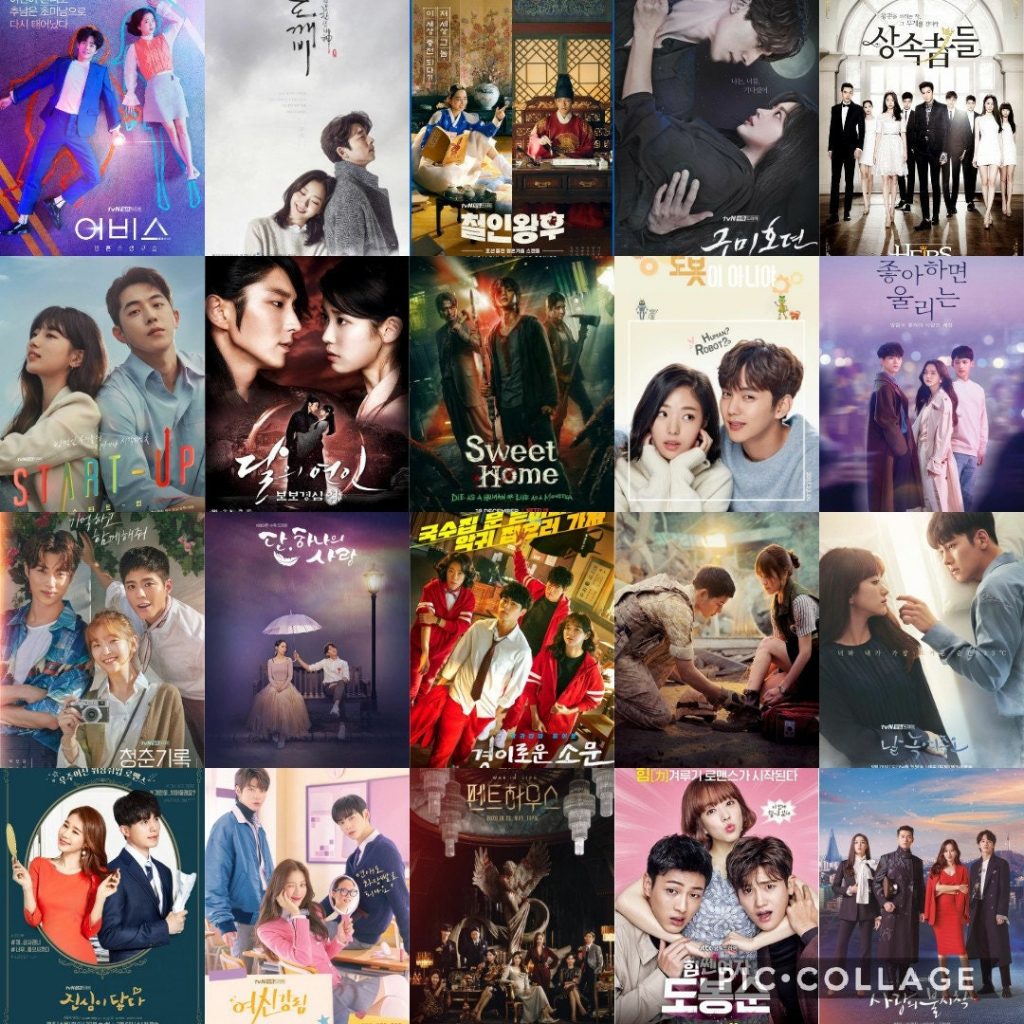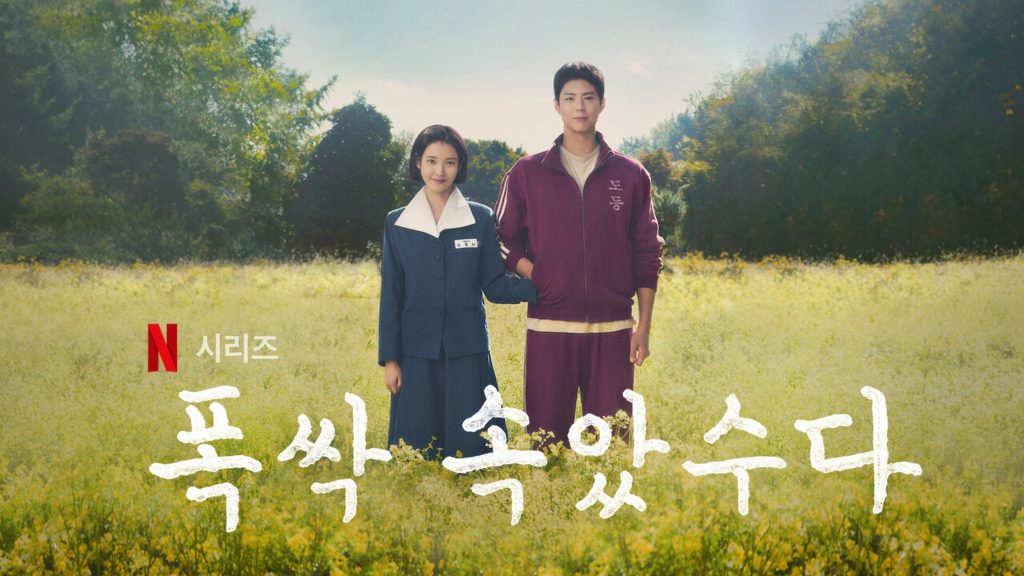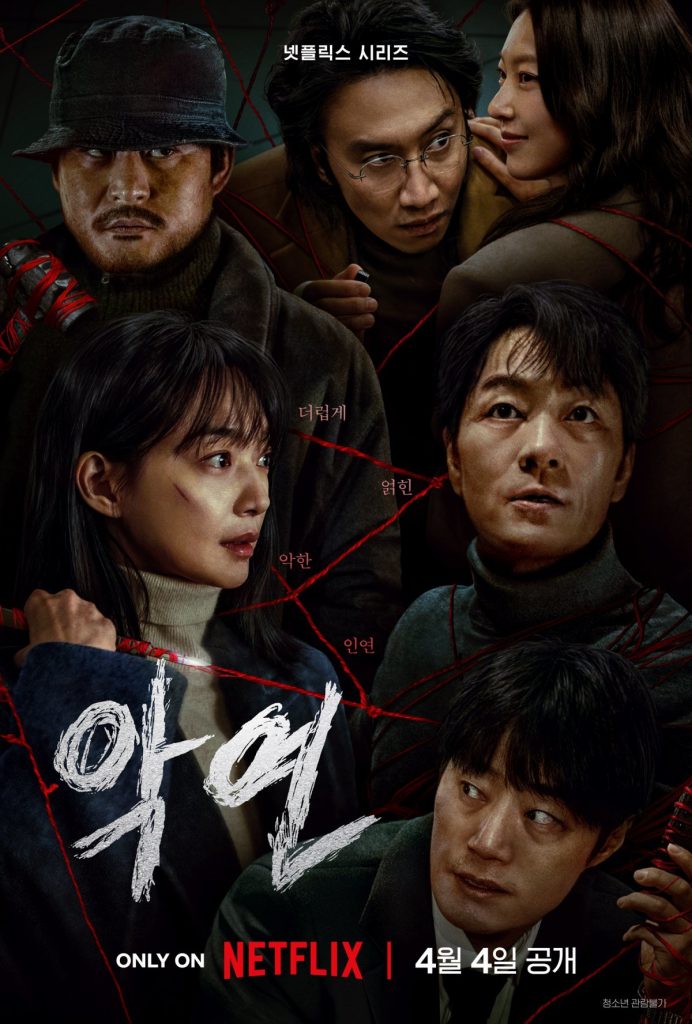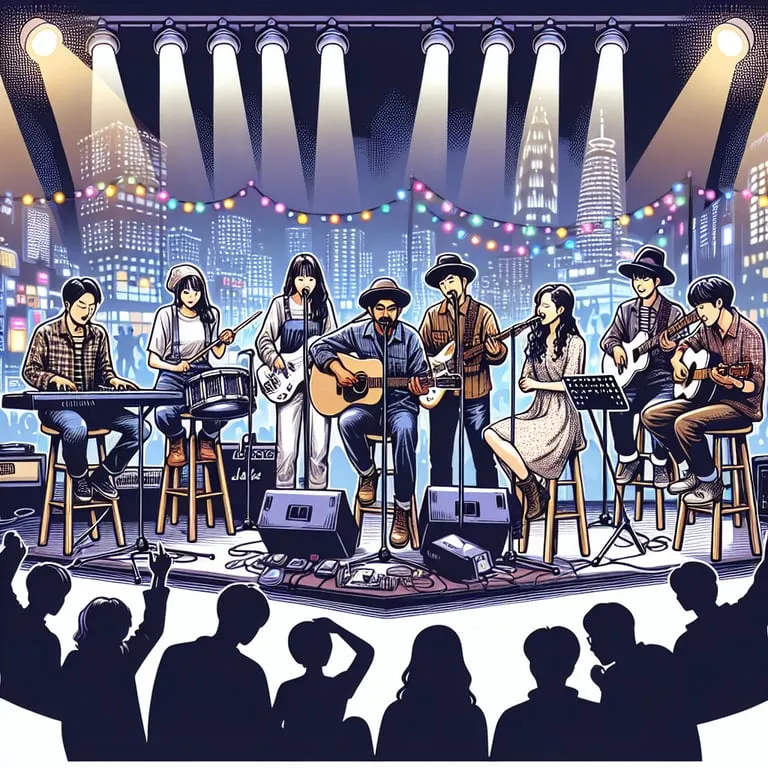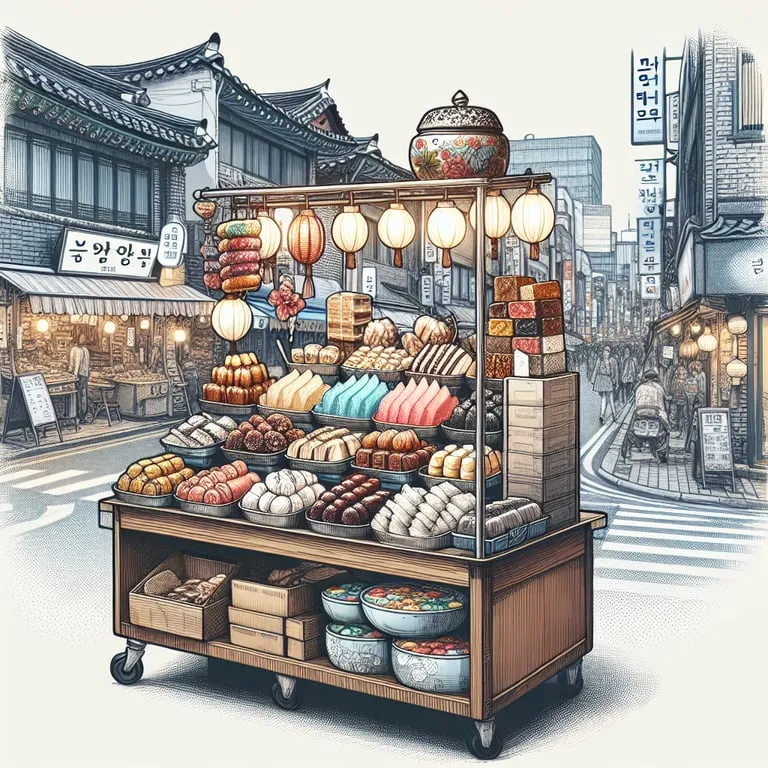In recent years, the hanbok, a traditional Korean garment, has made a remarkable resurgence, weaving itself into the fabric of modern Korean culture. Have you ever wondered why this centuries-old attire holds such a special place in the hearts of Koreans today? It’s fascinating how something with deep historical roots continues to evolve, capturing the essence of both past and present. Whether it’s worn during festivals or as a statement in contemporary fashion, the hanbok’s vibrant colors and flowing lines tell stories of tradition, symbolizing elegance and cultural pride. Let’s explore its enduring charm and significance in today’s world!
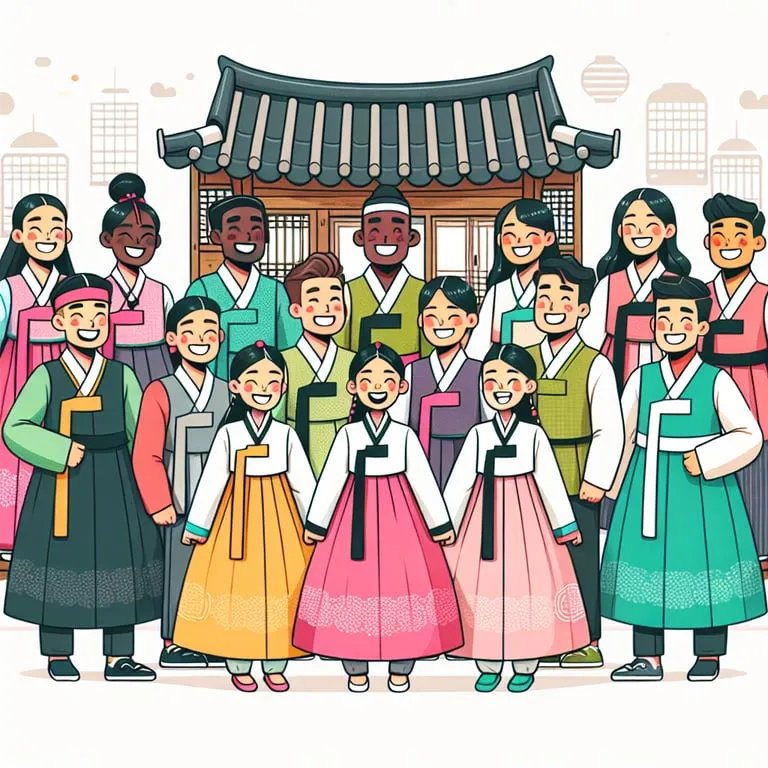
Historical Roots and Evolution
The marvelous journey of the Hanbok, Korea’s traditional attire, traces back over 1,600 years, providing a colorful lens into the vibrant tapestry of Korean history. It’s fascinating, isn’t it? The archetypal structure of the Hanbok—a jeogori (a sort of blouse or jacket) and baji (pants for men) or chima (skirt for women)—has remained remarkably consistent since the Goguryeo dynasty (37 BC–668 AD). However, don’t let this simplicity fool you; beneath the elegant hues and fluid lines lies a complex narrative of cultural significance and societal evolution.
Three Kingdoms Period
Unraveling the story begins in the Three Kingdoms Period (57 BC–668 AD), where early forms of Hanbok were not just garments but symbols of social status. The clothing materials and the vibrant spectrum of colors were often determined by one’s rank and social standing. Silk was reserved for royalty and nobility, while the common folk donned garments made of hemp or ramie. How intriguing, right?
Goryeo Dynasty
Fast forward to the Goryeo Dynasty (918–1392), and we witness the spectacular flourishing of the Hanbok, not just as traditional clothing but as an expression of cultural identity. The style evolved with looser silhouettes and more intricate patterns, often embroidered with symbolic designs—like cranes or phoenixes—representing longevity, good fortune, or rebirth. It’s like wearing an emblem of your aspirations right on your sleeve!
The Golden Era: Joseon Dynasty
The Joseon Dynasty (1392–1897), however, was the golden era for the Hanbok. During this period, Confucianism deeply influenced Korean society, and these beliefs were mirrored in Hanbok designs which emphasized modesty and simplicity, thereby fostering a consistent aesthetic that crossed class boundaries to some extent. Yet, the Hanbok was not devoid of exuberance. Women’s hanbok, for instance, showcased billowing skirts and short jackets complemented with broad ribbons—a splash of vitality in every step!
Resistance During Japanese Colonial Period
Amid these historical transitions, Hanbok didn’t just stop at being ‘clothing.’ Oh no, it took a step further and ingrained itself into the cultural psyche as a symbol of resistance—most notably during the Japanese colonial period (1910–1945). The Japanese regime imposed bans on Korean national costumes, seeing them as a significant symbol of national identity and pride. Despite these efforts, Koreans persevered in wearing the Hanbok, asserting their cultural independence and resilience.
Modern Revival
The evolution of the Hanbok didn’t end there, love it or loathe it, globalization has also played its part in reviving this traditional attire in modern trends. In recent decades, contemporary designers have embraced the timeless beauty of Hanbok, skillfully blending traditional elements with modern fashion sensibilities. From fashion runways in Seoul to global stages, Hanbok has made a spirited comeback, capturing the hearts of many, from top icons to everyday fashionistas.
In understanding the historical roots and evolution of the Hanbok, one gains more than knowledge—the beauty of its rich history touches a deeper part of our appreciation for cultural preservation and transformation. It’s like looking through a window into a timeless realm where past and present meet to celebrate the essence of Korean identity.
In the heart of this cultural attire lies an unyielding spirit and a colorful past, woven together into a tapestry that continues to evolve and astonish us, time and time again. So next time you see someone in a Hanbok, remember, you’re witnessing history unfold in the here and now! Amazing, isn’t it?
Symbolism and Aesthetic Appeal
When you think of hanbok, you might picture those vibrant, flowing garments that look like they’ve stepped right out of a traditional Korean fairy tale. But believe it or not, there’s a rich tapestry of meaning woven into those intricate folds and colors. Let me share some insights about why hanbok is more than just a pretty ensemble, and how its symbolism and aesthetic appeal play vital roles in Korean culture today.
Color and Meaning
First off, the colors and designs of hanbok are a tour de force in semiotics! Historically, hanbok’s color palette was not just for display, but deeply connected to the Five Elements (오행, Oheng): Wood, Fire, Earth, Metal, and Water, as outlined in traditional Eastern philosophy. For instance, blue and green, representing the element of wood, signify vitality and growth. White, symbolizing metal, stands for purity and innocence. These colors weren’t just picked willy-nilly~!
Social and Marital Status
Moreover, you’d be fascinated to know that each thread in a piece of hanbok could metaphorically reflect one’s social status and marital status. For example, single women traditionally adorned themselves in brightly colored skirts (치마, chima) and jackets (저고리, jeogori). On the flip side, married women often wore softer, more subdued colors. Isn’t it interesting how clothes could speak volumes about a person’s life stage?
Aesthetic Beauty
But beyond the mere symbolism, hanbok’s allure lies in its remarkable aesthetic quality. The silhouette created by the jeogori (jacket) and chima (skirt) is distinctly elegant, designed to gracefully billow with every delicate step—a bit like walking poetry, if you will. The beauty of the hanbok design is that it accentuates natural beauty, offering a harmonious balance with its fluid lines and lack of constraints. Unlike Western attires which often focus on form-fitting designs to enhance the figure, hanbok celebrates a different kind of elegance—think understated grace appealing through its flowing form.
Versatility in Context
Hanbok is incredibly versatile, too, making a grand entrance in both traditional and modern contexts. Nowadays, you might catch a glimpse of it at festivals where people proudly don the attire, or even on runways as designers reinterpret its classic lines for contemporary fashion. Did you know that in the last decade, searches for hanbok on the internet have soared by over 300% during cultural festivals? It’s as though hanbok is having a timeless moment in the sun!
Artistic Craftsmanship
In addition, the craftsmanship behind each garment is nothing short of artistic excellence. Skilled artisans painstakingly hand-sew each piece, often spending upwards of a hundred hours to perfect just one ensemble. The delicate patterns of embroidery, depicting traditional motifs such as peonies and phoenixes, narrate age-old tales of prosperity and good fortune. These careful details make every hanbok uniquely personal and a work of art.
Spiritual Connection
One can’t overlook the spiritual aspect of hanbok, too. Traditional Korean philosophy placed a strong emphasis on the connection between body and environment, and hanbok embodies this through its harmonious designs echoing the gentle curves and shapes found in nature. The voluminous skirt could represent the rolling hills, the snug jacket symbolizing the protective embrace of the sky—it’s a historical hug, if you will, between wearer and world.
Korean Identity
Beyond its unparalleled aesthetic, hanbok serves as a walking emblem of Korean identity. Wearing it isn’t just about looking good (although you definitely will!), but also about embodying a proud heritage. In the past decades, as Korea has emerged onto the global stage, its traditional attire has played a robust role in cultural diplomacy. Think of hanbok as a visual narrative that offers a window into the soul of Korea, past and present.
Weaving together its myriad symbolic meanings and breathtaking design, hanbok truly stands as a testament to Korea’s vibrant culture and rich history. It may be centuries-old, but its charm and allure are very much alive and kicking today, conveying stories both historical and personal with every delicate flutter. In a world of fast fashion, hanbok remains timeless! Don’t you think it’s just captivating how a piece of clothing can carry so much weight and history while remaining utterly magical?
Hanbok in Contemporary Fashion Trends
In recent years, the hanbok has taken a fascinating turn in the realm of modern fashion. Imagine strolling down a bustling avenue in Seoul and witnessing the traditional garment being reimagined with a contemporary twist. The hanbok, steeped in over 1,600 years of history, is now a vibrant part of Korea’s high fashion scene, captivating both designers and fashion enthusiasts alike. Isn’t it amazing how a garment once reserved for special occasions has found its place on catwalks and in everyday wardrobes?
The Fusion of Tradition and Modernity
The fusion of hanbok with contemporary designs is not just a passing fad but a vibrant trend that has been gaining traction steadily. According to Korea Creative Content Agency, the global digital market for hanbok-inspired fashion has seen an upswing of around 20% annually since 2018. It’s clear that the allure of hanbok transcends cultural boundaries, offering a unique blend of tradition and innovation that resonates with a global audience.
Pioneers of Modern Hanbok
One cannot ignore the contribution of famous Korean designers like Lee Young-hee and Kim Hye-soon, who have been at the forefront of modernizing hanbok. Lee Young-hee, for instance, was pivotal in introducing hanbok to global platforms like Paris Fashion Week. Her designs reflect a blend of Western silhouettes and traditional Korean aesthetics, resulting in an eclectic, yet timeless style. Similarly, Kim Hye-soon has made significant strides by incorporating sustainable materials and cutting-edge techniques into her hanbok collections, garnering international acclaim.
Adaptability and Everyday Wear
What really sets contemporary hanbok apart is its adaptability! The hanbok now comes in a spectrum of fabrics, from traditional silk and cotton, to modern synthetics that allow for comfort and flexibility. This innovation makes it suitable for everyday wear—whether you’re attending a casual get-together or a music festival. A recent study noted that over 30% of young Koreans now own a piece of hanbok-inspired clothing, and it’s often paired with modern garments like jeans and sneakers, creating a dynamic, hybrid look. How cool is that?
Beyond Clothing: Accessories
Moreover, hanbok’s expansion into contemporary fashion isn’t just limited to clothing. Accessory designers are hopping on this trend by crafting jewelry, hats, and bags that pull on the themes and patterns of the hanbok. Using intricate embroidery and traditional motifs, these pieces beautifully complement both hanbok and modern attire. This versatility has contributed to the hanbok’s rise as a staple in contemporary Korean fashion trends, making it a popular choice for international fashionistas eager to embrace a piece of Han Korean culture.
Media Influence and Popularity
In recent media, K-pop artists and actors have also played a substantial role in popularizing the hanbok. BTS’s V and Blackpink’s Jennie, for instance, have been seen sporting modern hanbok designs during performances and photoshoots. This has undoubtedly fuelled the garment’s popularity among Millennials and Gen Z across the globe, cementing its status as a fashion statement.
The Hanbok’s Flexibility and Cultural Resurgence
But why has the hanbok, specifically, been able to make such a successful leap into modern fashion? It could be its inherent versatility. The fundamental elements—the jeogori (jacket), chima (skirt), and baji (pants)—are flexible enough to allow designers to experiment with form, color, and texture. The relaxed, loose-fit design also fits well with current fashion trends that favor comfort and style in equal measure.
Furthermore, the cultural resurgence in South Korea has encouraged locals to explore their traditional roots. This newfound pride in cultural heritage extends to fashion, inspiring Koreans to incorporate elements of hanbok into their daily style. With initiatives like “Hanbok Day” and government-backed projects promoting the hanbok as a cultural heritage symbol, we’ve seen a national and even international embrace of this beautiful garment.
A Cultural Movement
In conclusion, the hanbok in contemporary fashion is not just a trend, but a cultural movement that reflects the dynamic interplay between traditional and modern sensibilities. With its growing influence on global fashion runways, cultural events, and everyday wardrobes, the hanbok is proving that it is here to stay—both as a nostalgic nod to Korea’s rich history and as a vibrant element of its future. Isn’t it exciting to see how a piece of clothing can evolve and challenge the fashion world’s status quo?
So, whether you’re in the heart of Seoul or halfway across the world, keep an eye out for the hanbok. It’s making waves, and who knows—they might just inspire your next favorite outfit!
Cultural Significance in Korean Festivals
Picture yourself at a vibrant Korean festival, surrounded by an array of colors, the gentle rustle of silk, and the sweet scent of traditional Korean cuisine wafting through the air. It’s a spectacle, isn’t it? One of the most striking elements you’ll notice is the traditional attire – the hanbok. This timeless garment is not merely a piece of clothing; it embodies centuries of Korean culture and artistic expression.
The Role of Hanbok in Festivals
During festivals like Chuseok (often referred to as the Korean Thanksgiving) and Seollal (Korean Lunar New Year), the hanbok takes center stage, bridging the past with the present. Now, you might wonder, why is this attire so significant in these celebrations? Allow me to delve into this fascinating topic.
Chuseok is a major harvest festival where people honor their ancestors, and it sees millions donning the hanbok. It’s almost as if each soul, clad in traditional wear, dances to the rhythm of time, connecting the modern and the ancient. According to a survey conducted by the Cultural Heritage Administration in 2022, over 65% of Koreans view wearing hanbok during festivals as a critical cultural practice, highlighting its importance. The hanbok is believed to bring individuals closer to their roots, serving as a tangible link to their cultural identity during these poignant celebrations.
Modern Adaptations of Hanbok
When it comes to design, contemporary hanboks often incorporate modern aesthetics while maintaining traditional elements. This creative evolution ensures that even younger generations find them appealing enough to wear during such festivities. It’s like having the best of both worlds! A fascinating fusion between tradition and modernity has led to an 18% increase in hanbok sales during festival seasons from 2018 to 2021, a testament to its enduring appeal and adaptability.
Seollal Celebrations and Hanbok
During Seollal, families wear hanboks for the traditional bowing ritual, ‘sebae’, to show respect to their elders. It’s an enchanting sight, akin to watching a beautiful painting come alive. Hanboks are tailored with restrained elegance, often featuring subtle patterns that symbolize good fortune and prosperity – values that resonate deeply with the festival’s theme of renewal and fresh beginnings.
Aesthetic and Symbolic Importance
Besides their symbolic meanings, hanboks are also admired for their aesthetic appeal. Their vibrant colors – red for passion, blue for vitality, and black for wisdom – are more than just shades; they embody a rich tapestry of meanings that add layers to the festivities. Have you ever noticed how the flowy design of the skirt seems to mirror the lively energy of the celebrations themselves? Incredible, isn’t it?!
An interesting piece of trivia: Surveys showed that during Seollal 2021, approximately 77% of Koreans who participated in family gatherings incorporated hanbok-wearing into their celebrations, underscoring its role as a cultural cornerstone. This tradition endows each moment with a sense of occasion, a reminder of the shared values and history that bind generations together.
Performances and Hanbok
Moreover, Korean festivals often include cultural performances where the hanbok is worn by performers to enhance the storytelling of historical reenactments or folk dances, creating a vivid, immersive experience for attendees. It’s almost like stepping into a time machine, where every fabric fold and stitch narrates a tale of its own!
Hanbok Beyond Festivals
Hanbok’s relevance doesn’t stop at festivals; the attire’s essence permeates the collective cultural consciousness, which ensures that it remains a cherished symbol of Korean identity. In a world that is continually evolving, the hanbok serves as a beautiful reminder of cultural continuity and the timeless beauty of tradition.
By embracing the hanbok in festival settings, Koreans celebrate not just their history but also the art of preserving it for future generations. This cherished garment, with its historical roots stretching as far back as the Three Kingdoms Period (57 BC to 668 AD), assures that cultural legacies are lived, not just remembered.
So, next time you witness a Korean festival, take a moment to appreciate the hanbok-clad attendees around you. Their attire narrates a soulful story, embodying the spirit of a rich heritage and an enduring sense of Korean identity. It’s more than a cultural revival; it’s a celebration of life itself!
Hanbok, with its deep-rooted history and evolving design, gracefully intertwines tradition with modern Korean identity. Its vibrant colors and symbolic patterns continue to captivate, adding a unique charm to contemporary fashion. Whether worn during festivals or integrated into everyday wear, hanbok beautifully represents Korea’s cultural tapestry. Like a cherished heirloom, it reminds us of our heritage while embracing the future. Isn’t it fascinating how a piece of clothing can be a bridge between eras and ideas? Here’s to celebrating hanbok—a vibrant thread in the fabric of Korean culture!
